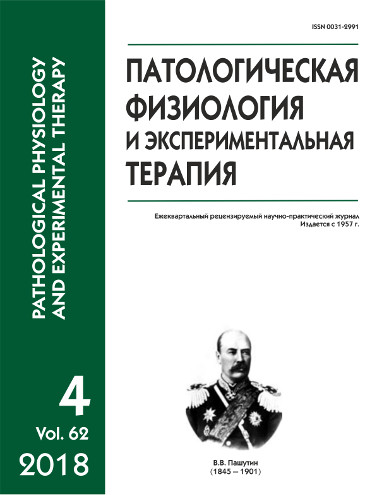Прижизненное изучение состояния микролимфоциркуляторного русла брыжейки тонкой кишки крысы в ответ на применение антибиотиков
Ключевые слова:
биомикроскопия, антибиотики, лимфатические микрососуды, моторика, скорость лимфотока
Аннотация
В условиях биомикроскопии брыжейки тонкой кишки крысы исследована лимфостимулирующая активность наиболее часто используемых в клинической практике антибиотиков. Показано преимущественно тормозное действие отдельных антибиотиков (линкомицин и амикацин) на сократительную активность стенки, клапанов и скорость лимфотока в лимфатических микрососудах (ЛМ). Слабой активностью обладали цефтриаксон, амоксиклав и ванкорус. У части ЛМ снижение сократительной активности вызывает нарушение лимфотока, что отражается на работе различных органов и систем. Поскольку нарушение моторики ЛМ влияет на различные функции лимфатической системы (дезинтоксикационная, регуляция водно-электролитного обмена, иммунитета и др.), возникает вопрос о механизмах лечебного действия антибиотиков при воспалении на фоне нарушенного лимфотока и необходимость прижизненного изучения состояния лимфатических сосудов в целостном организме в ответ на антибиотики, применяемые в клинической практике.Скачивания
Данные скачивания пока недоступны.
Опубликован
21-11-2018
Как цитировать
Засеева А. М., Хугаева В. К. Прижизненное изучение состояния микролимфоциркуляторного русла брыжейки тонкой кишки крысы в ответ на применение антибиотиков // Патологическая физиология и экспериментальная терапия. 2018. Т. 62. № 4. С. 261–264.
Выпуск
Раздел
Краткие сообщения













